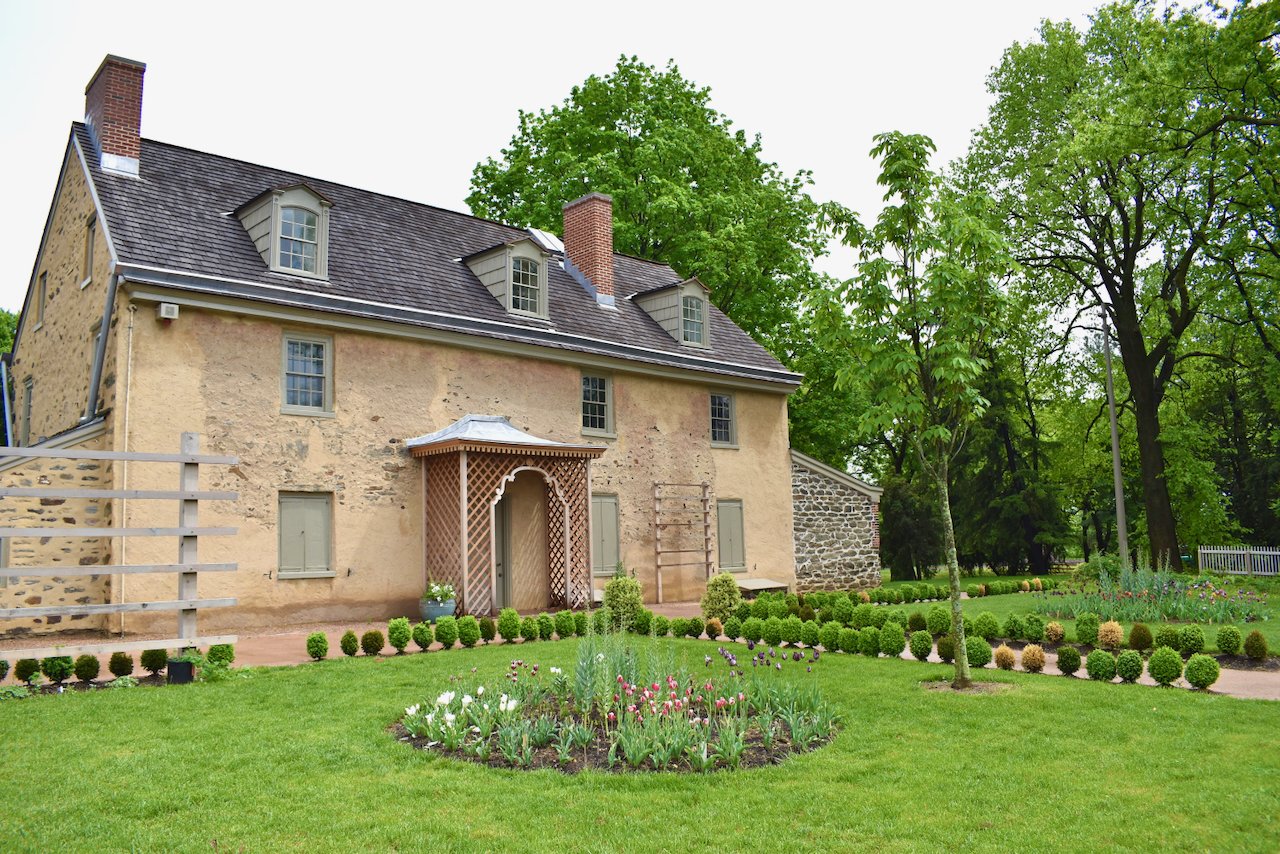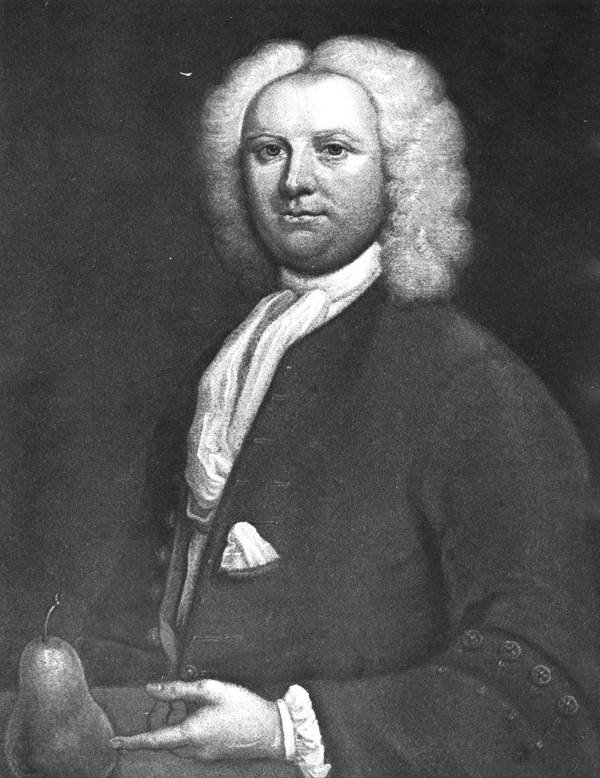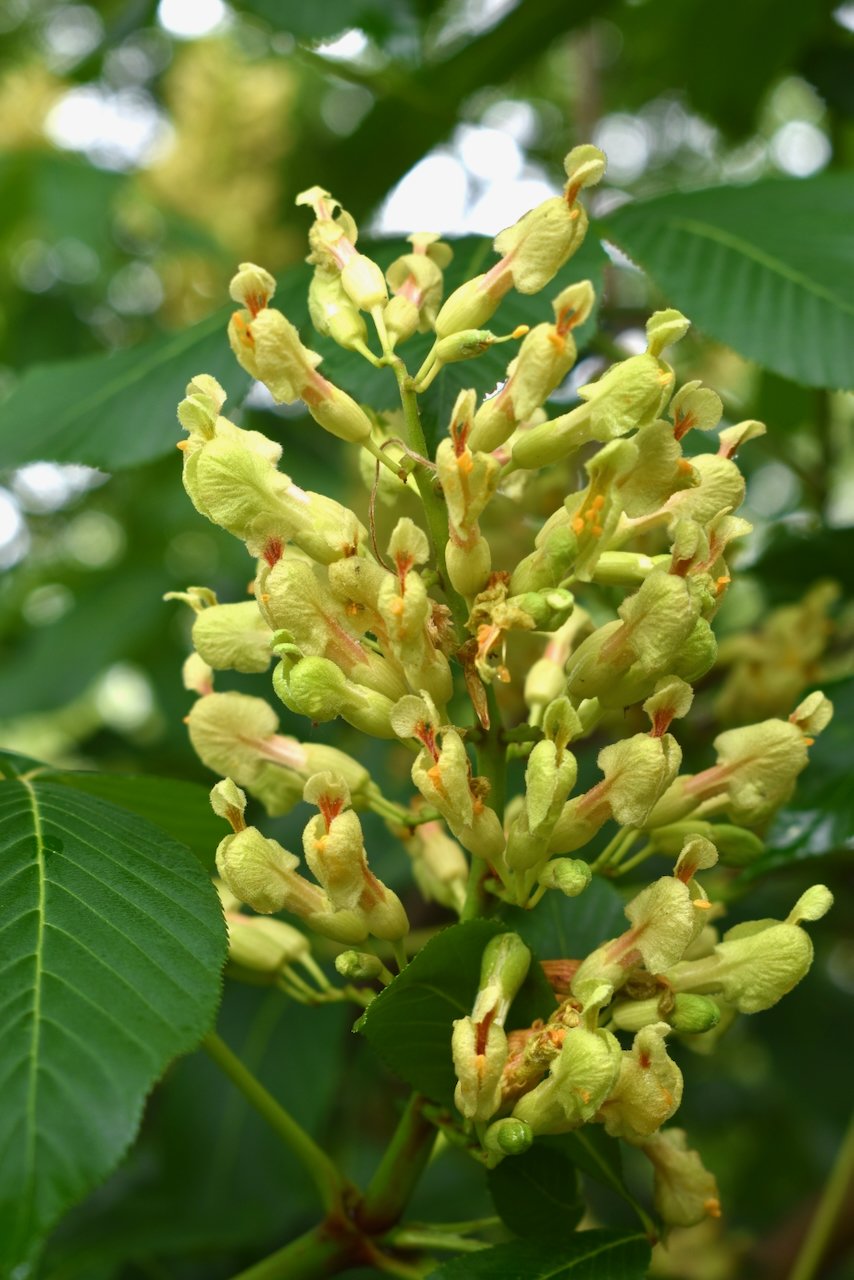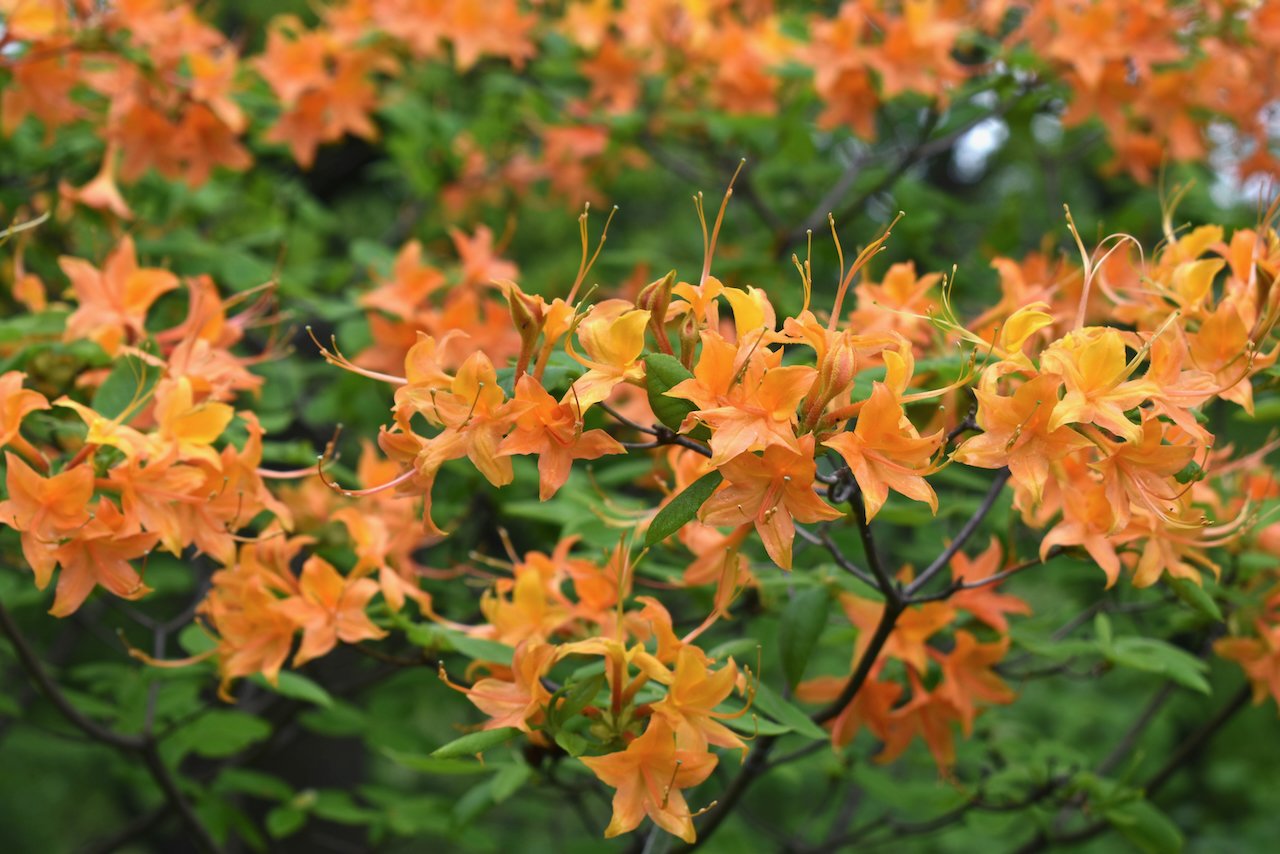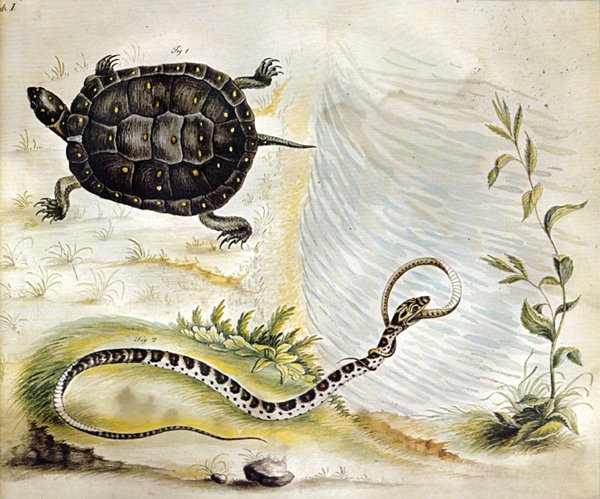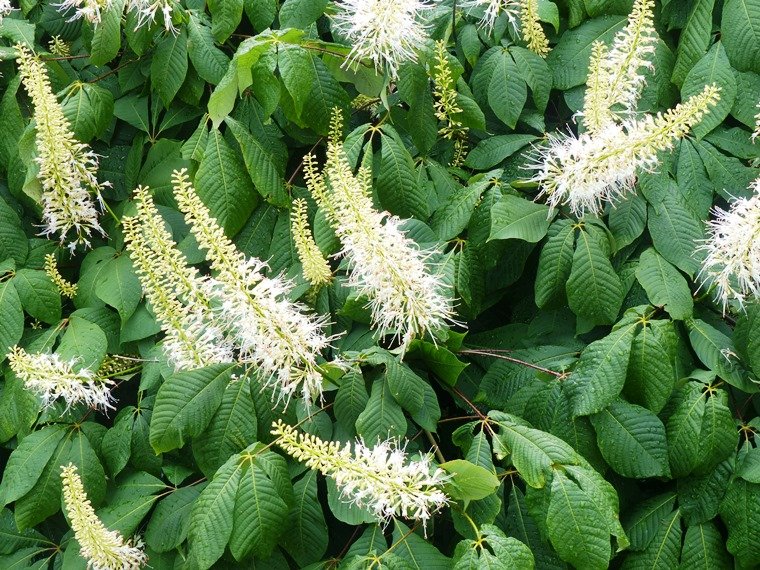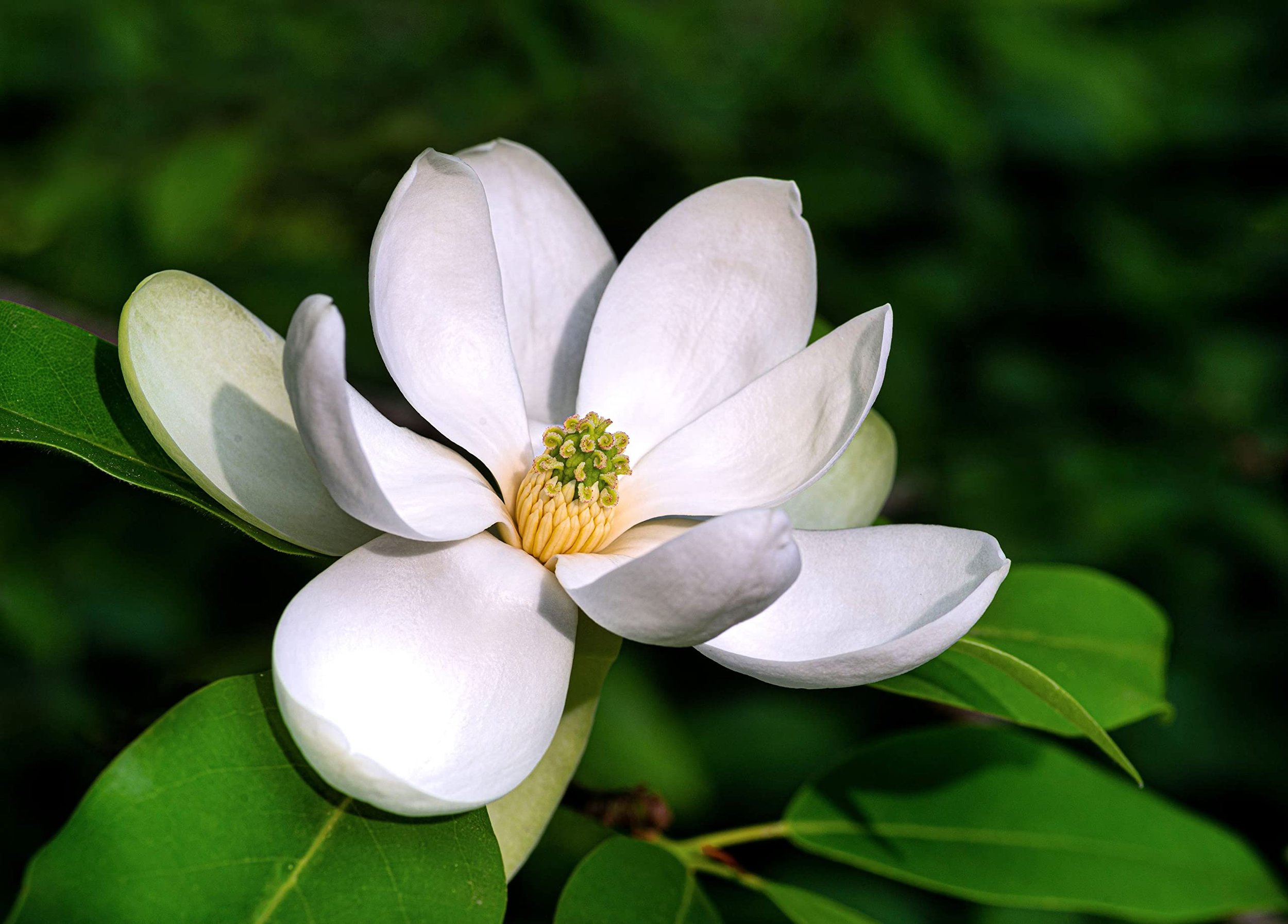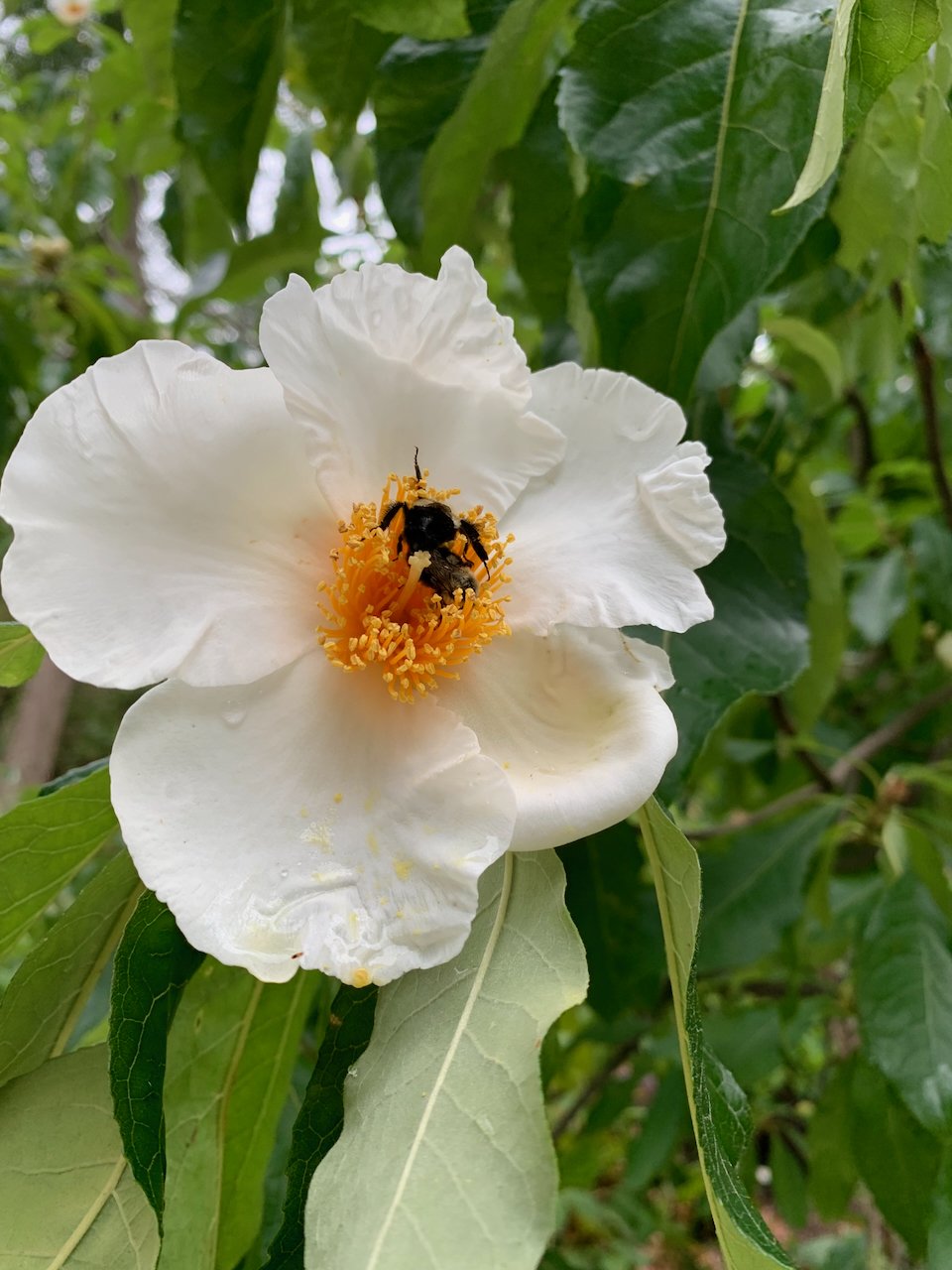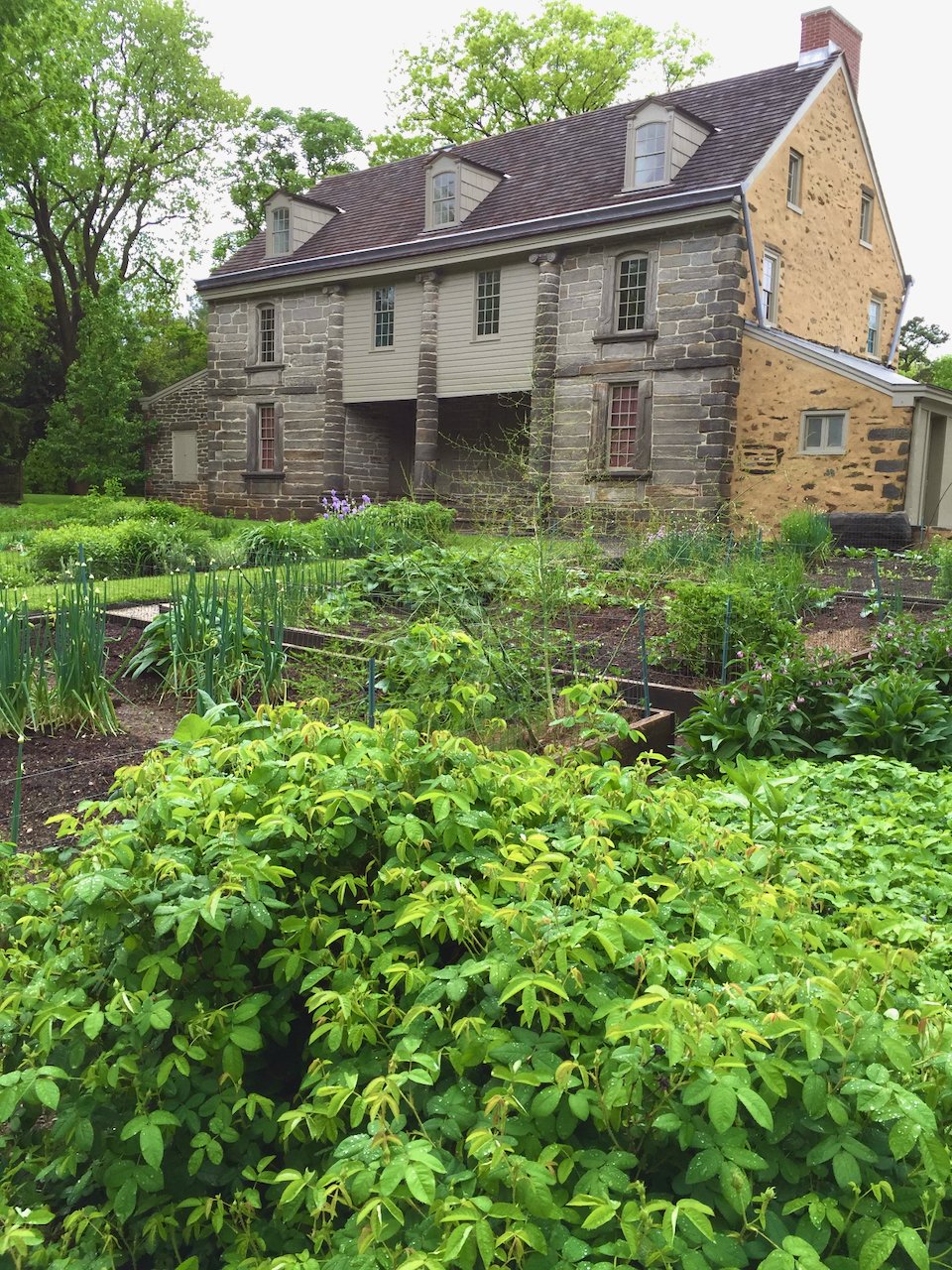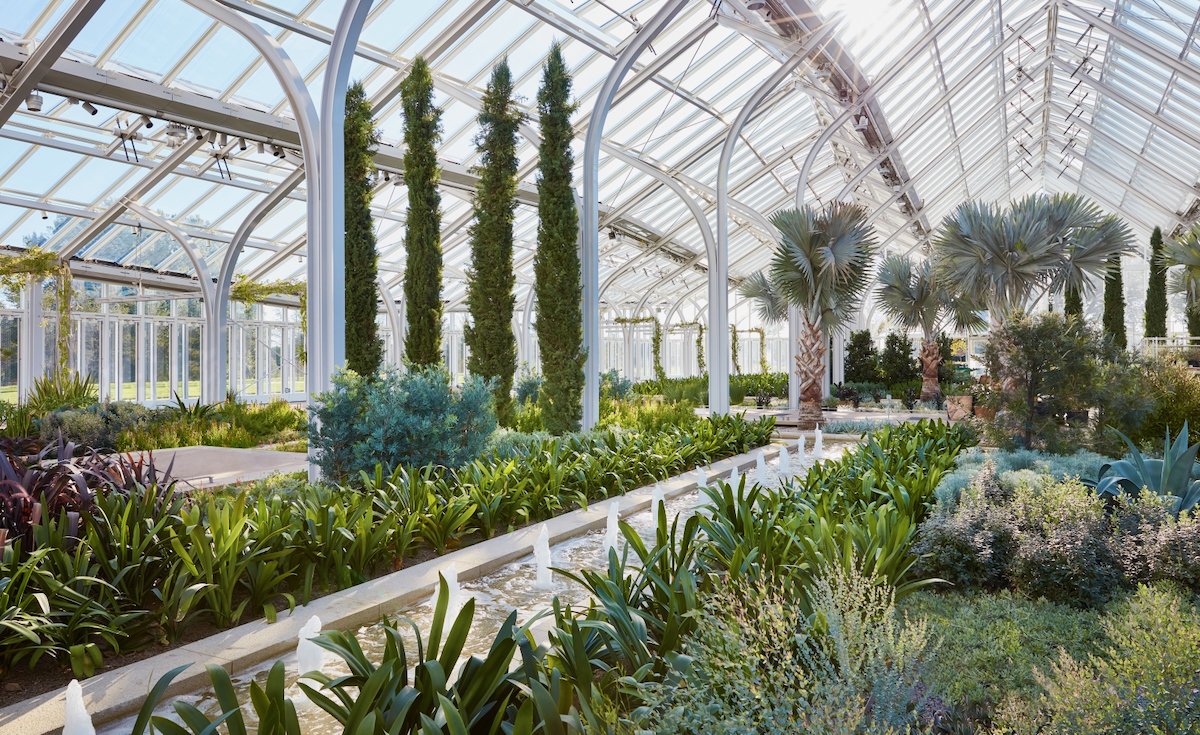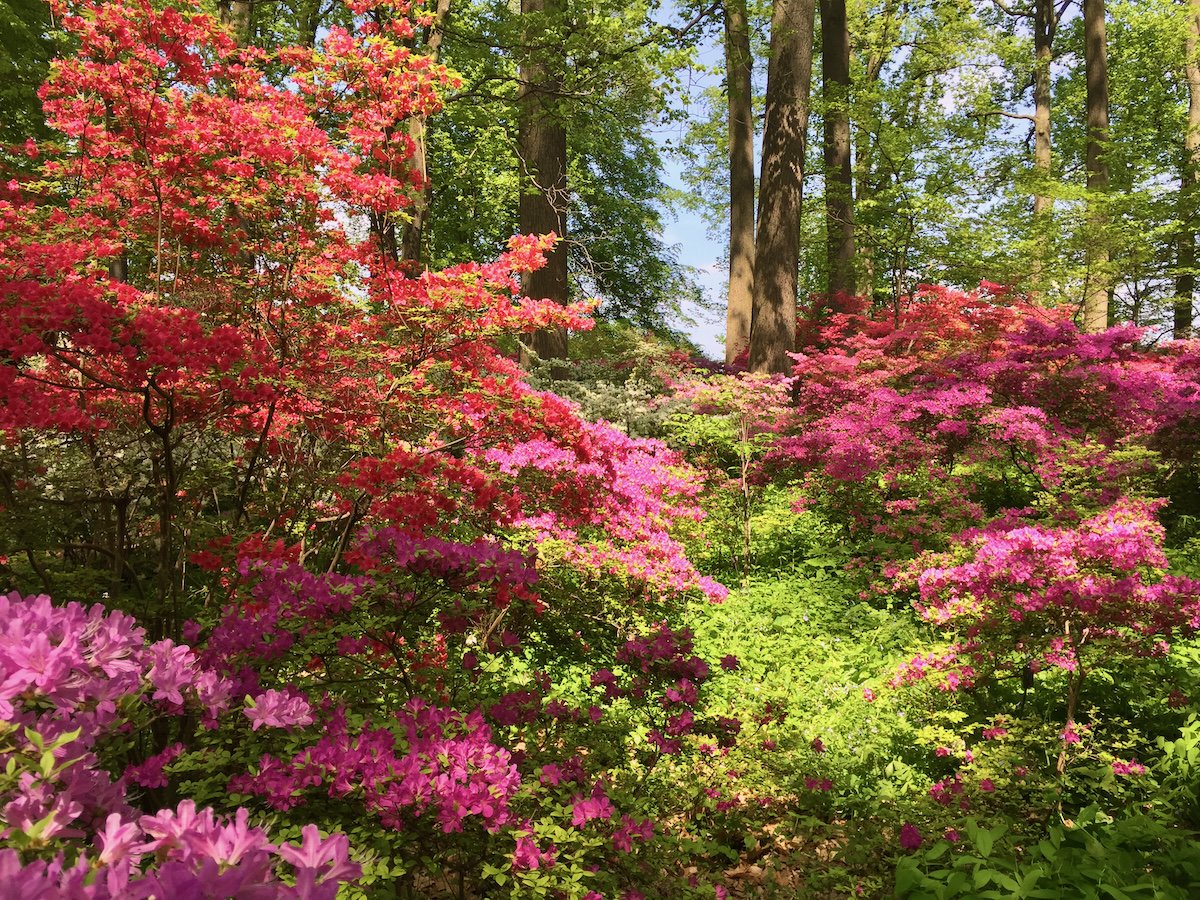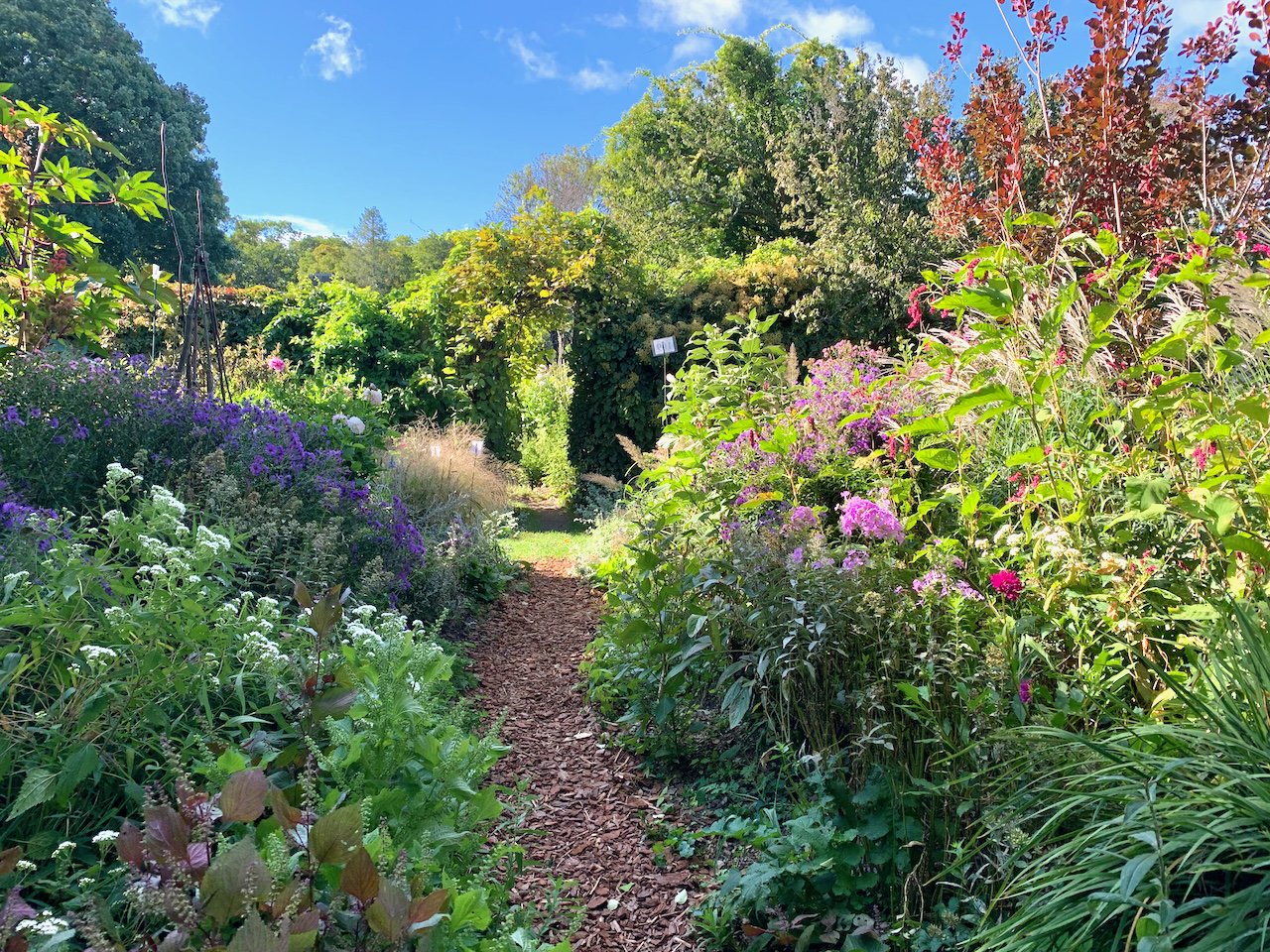Bartram's Garden: The Home of America’s First Botanist
/John Bartram was America’s first botanist, plant explorer, and collector. He compiled a stunning selection of flora at his home garden and nursery from plant collecting expeditions across eastern America, as well as through his trades with European collectors. Located on the west bank of the Schuykill River, Bartram’s Garden covers 45 acres. It includes his 1728 home and the historic botanical garden and arboretum that showcases North American plant species collected by three generations of Bartrams.
Bartram was a Quaker, a denomination that produced many naturalists at that time. He taught himself about plants through books and his own observations. His curiosity fueled a desire to collect plants from all over New England, as far south as Florida, and west to Lake Ontario. He collected seeds and plant specimens and established a relationship with another plant collector—London merchant Peter Collinson. Their plant swaps led to a burgeoning business. Prominent patrons and scholars in Britain were fascinated by the native American species, and were eager to purchase from Bartram’s Garden. In 1765 King George III appointed Bartram Royal Botanist. At home in Philadelphia, Bartram received both George Washington and Thomas Jefferson.
Bartram’s international plant trade and nursery business thrived under his descendants. Son William accompanied his father on most of his expeditions and became an important naturalist, author, and artist. William’s drawings of birds and turtles were used in publications in 1758. He transformed the garden into an educational center that trained a new generation of botanists and explorers. Granddaughter Ann Bartram Carr built a successful nursery business that introduced Asian plants to the American public.
The Bartram garden has many distinct areas to explore. In front of the house is the Ann Bartram Carr garden, which celebrates her Asian plant introductions such as peonies and dahlias. Behind the house are the kitchen, flower, and medicinal plant gardens. And beyond those are woodlands of trees and shrubs that were collected, grown, and studied by the Bartrams from 1728 to 1850. These are primarily native plants of eastern North America: flame azaleas, highbush cranberry, Carolina allspice, sweetbay magnolia, and more. A bog garden illustrates the Bartrams’ fascination with carnivorous plants. A separate area is devoted to plants William Bartram collected in the South, including bottlebrush buckeye and oakleaf hydrangea.
The garden also contains three especially notable trees:
Franklinia alatamaha: John and William Bartram discovered a small grove of these trees in October 1765 while camping by Georgia's Altamaha River. William eventually brought seeds to the garden, where they were planted in 1777. The species, named in honor of John Bartram’s friend Benjamin Franklin, was last seen in the wild in 1803. All Franklinia growing today are descended from those propagated and distributed by the Bartrams, who saved this tree from extinction.
Cladrastis kentukia (Yellowwood): A notably old tree, possibly collected by French plant explorer Andre Michaux in Tennessee and sent to William Bartram in 1796.
Ginkgo biloba: The Bartrams’ is believed to be one of three original ginkgos introduced to the United States from China in 1785.
The property continues to the edge of the river, where there are opportunities for water recreation. Native plants and those discovered by the Bartram family are available for purchase year-round in the Welcome Center.
Bartram’s Garden 5400 Lindbergh Blvd., Philadelphia, PA 19143 (215) 729-5281 bartramsgarden.org
You Might Also Like


